KIT is involved in a lot of ways with the ITER research reactor in southern France.

KIT researchers are collaborating to create the prerequisites for successful nuclear fusion. Fusion research might make the so far unfulfilled promises of nuclear power come true in future: Nearly inexhaustible, safe, and economically efficient energy supply without long-lived radioactive waste. The way to achieve this, however, is complex and requires solutions to a number of technical challenges. For this reason, KIT researchers are studying numerous subprocesses that are important to success. They are among the world’s leaders in this sector.
All around the world, researchers are working on replicating the process that generates energy in the sun, nuclear fusion. Fusion of light atoms to heavier atoms produces energy that makes stars shine for billions of years. “The most promising fuel for this purpose is hydrogen atoms that are fused to helium,” says Professor Christoph Kirchlechner, who heads the Institute for Applied Materials – Mechanics of Materials and Interfaces and KIT’s Nuclear Fusion Program. “The easiest way is to use the two hydrogen isotopes of deuterium and tritium.” Fusion of their atomic nuclei requires high temperatures of 100 million degrees Celsius. At these temperatures, the atoms exist in the form of plasma. The electrons in the shell are separated from the nuclei and the thermal energy is sufficient to push the repelling nuclei into each other.
While many research groups concentrate on the processes in the plasma, KIT researchers are developing the power compartment for future fusion power plants. “We are looking for answers to questions that are decisive for the use of nuclear fusion,” Kirchlechner points out. “How can we reliably handle the fuels, in particular the radioactive tritium? How can we generate the required tritium directly in the fusion power plant? How can we heat the plasma to 100 million degrees Celsius for the fusion process to sustain itself? Which materials withstand the extreme conditions of reactor operation?” All these parts must fit perfectly for the process to be successful in the end.
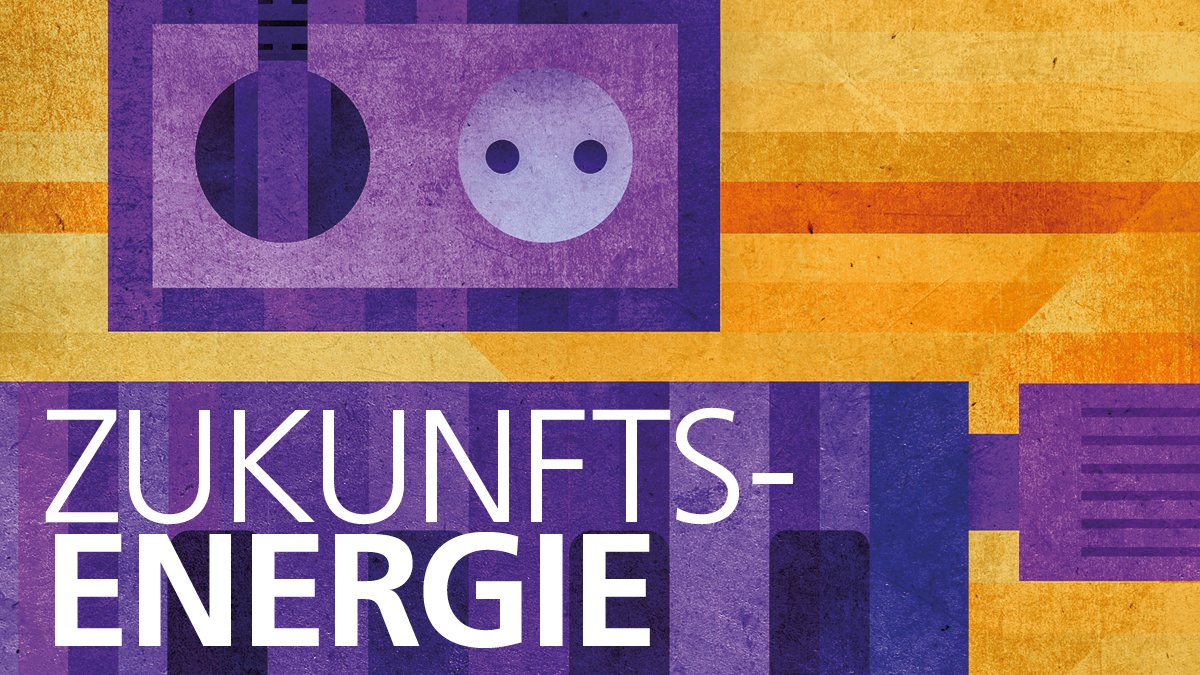
Issue 2025/2 of the lookKIT research magazine deals with tomorrow’s energy supply.
To the magazine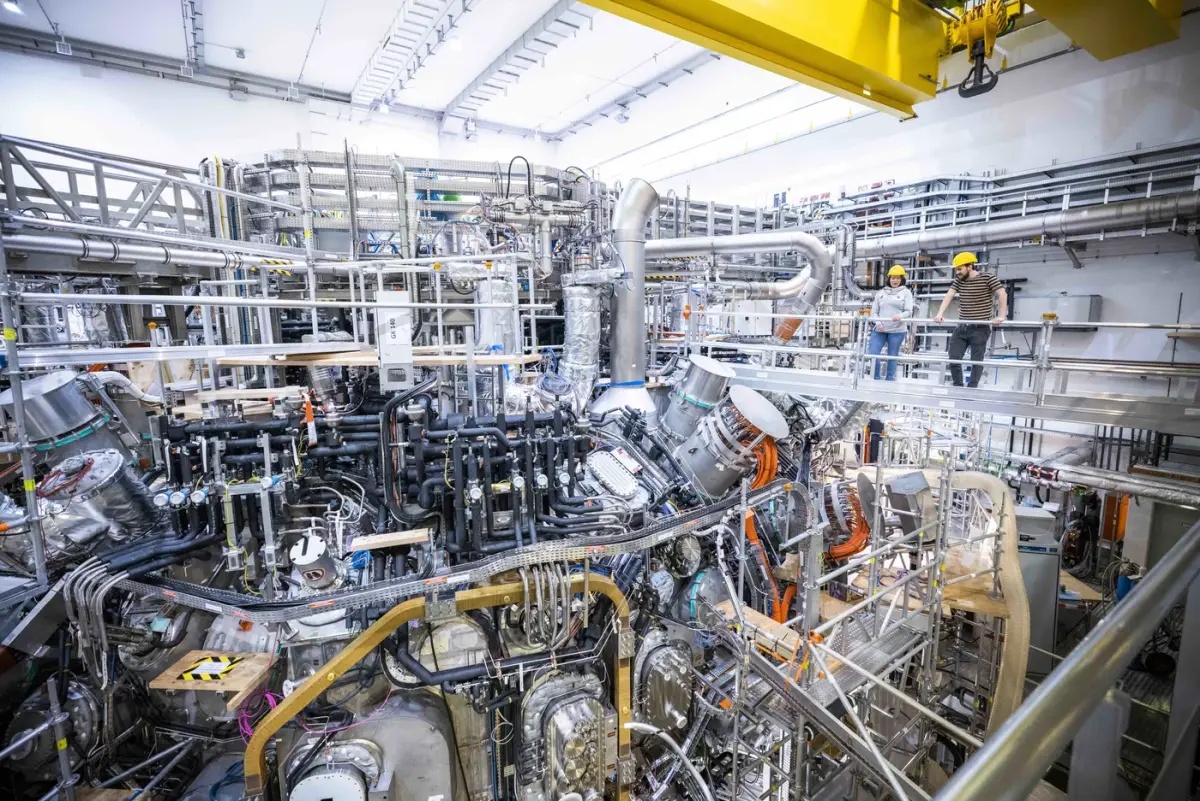
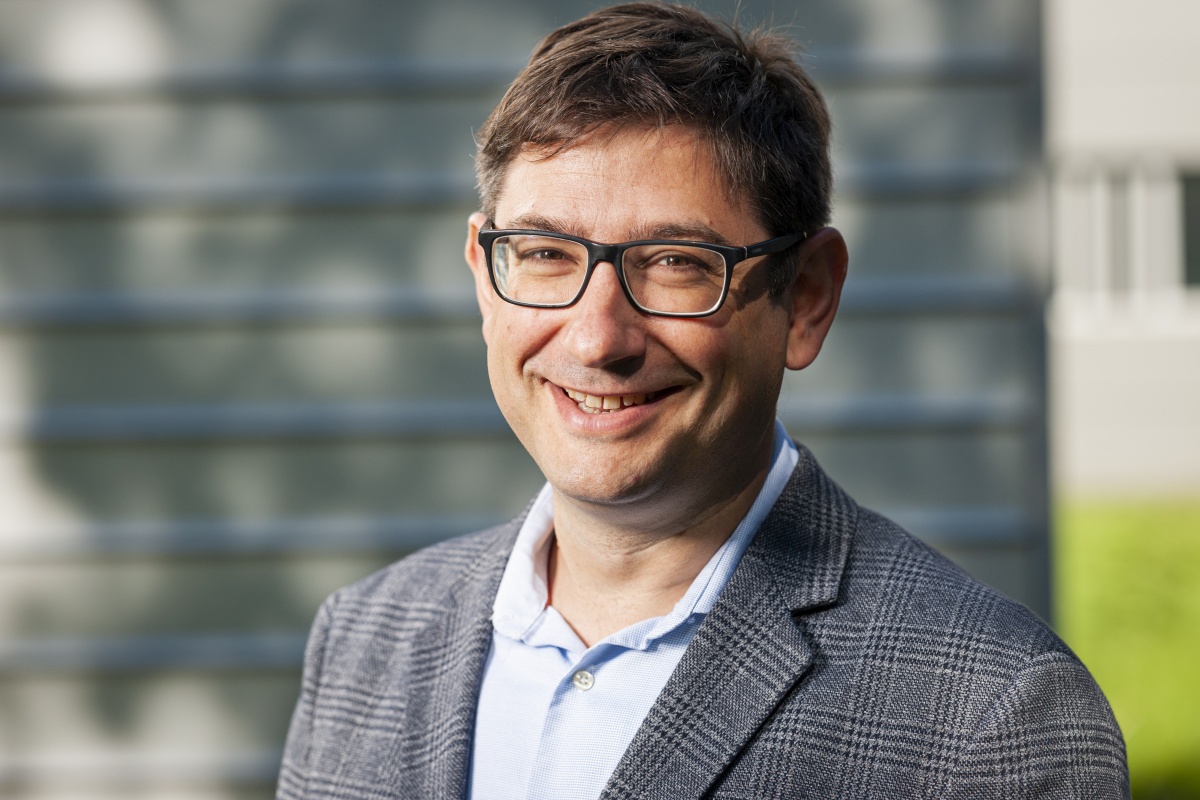

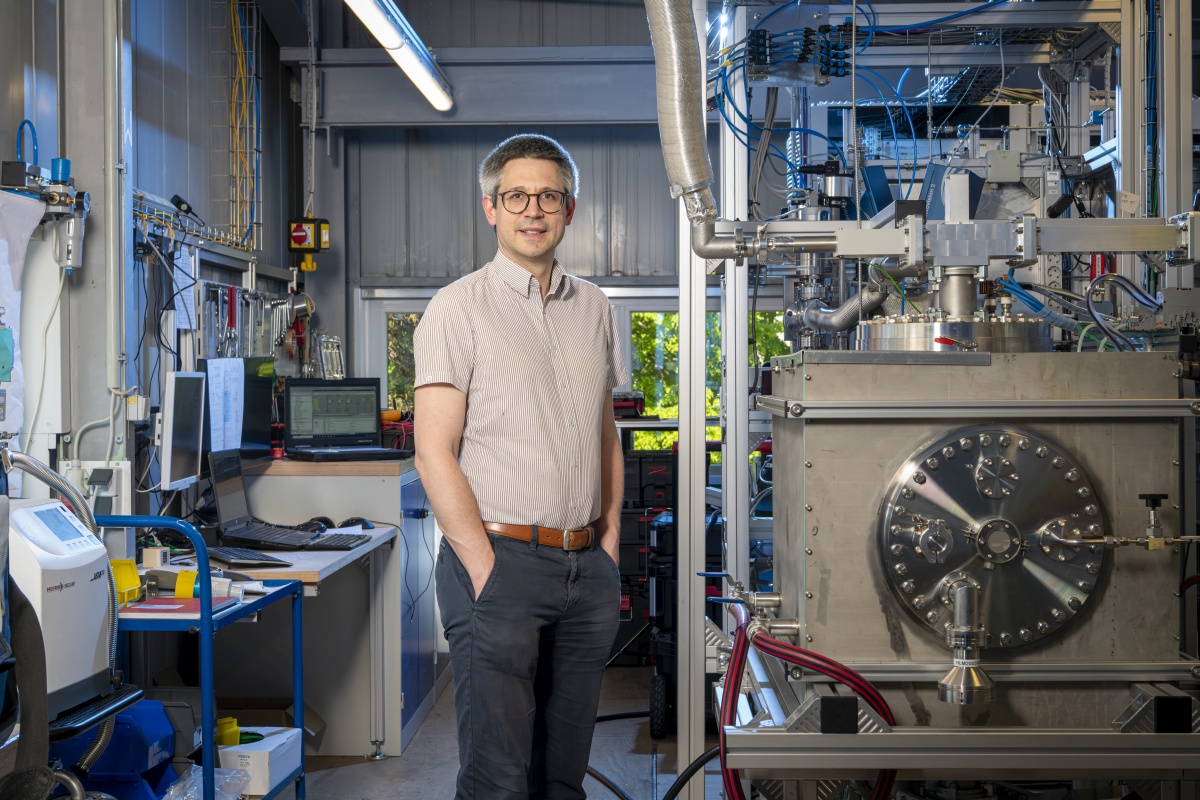
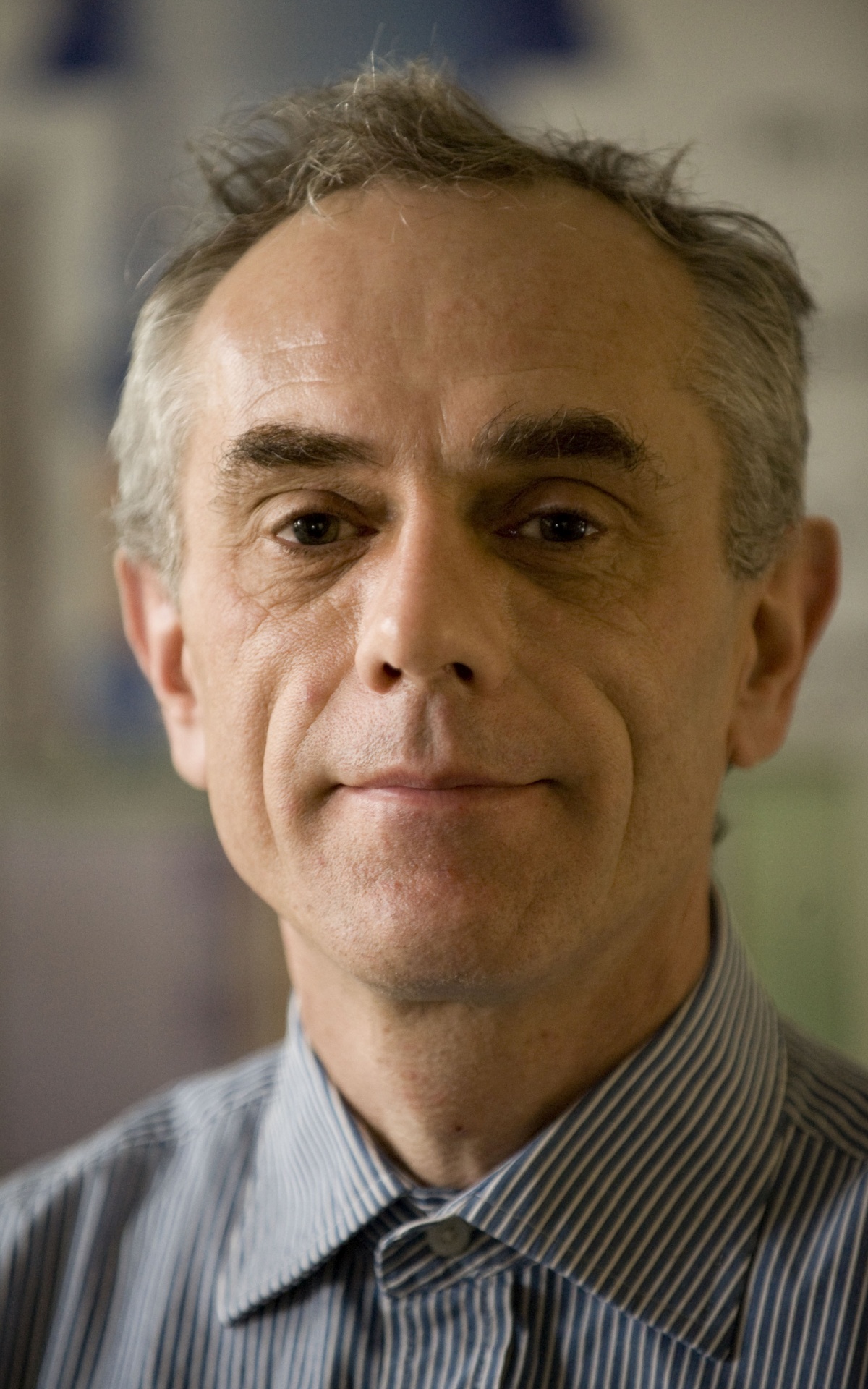


While deuterium exists in nature in stable form and sufficient quantity, tritium has to be generated in the fusion power plant. Hence, safe handling of this radioactive isotope is indispensable for fusion technology. In the early 1990s already did Karlsruhe Research Center, one of KIT’s predecessor institutions, establish the Tritium Laboratory Karlsruhe (TLK) to develop the deuterium-tritium fuel cycle for nuclear fusion.
“With its extensive infrastructural and experimental facilities, TLK is the only research institution of its kind worldwide,” says Dr. Robin Größle, Head of the Tritium Physics and Tritium Analytics Group of TLK. “These systems that were of experimental character initially now represent the backbone of TLK’s closed tritium cycle and enable numerous experiments with highly pure tritium.” For example, TLK provided the first integrated design for the nuclear fuel cycle of the ITER research reactor, a tokamak reactor that is currently being constructed in Cadarache in Southern France.
Tritium in sufficient quantity must be generated in the fusion power plant. So-called breeding blankets will be arranged around the fusion chamber and fulfill three tasks: Breeding the tritium, conversion of the energy released by the fusion reaction into heat, and protection of the magnetic coils from nuclear radiation. KIT researchers are developing the blankets they want to test in ITER.
“In recent years, spectacular progress was achieved in the generation and handling of fusion plasmas,” says Dr. Thomas Giegerich from KIT’s Institute for Technical Physics. “However, many problems of practical operation still remain to be solved.” This applies to the fuel cycle, for example. To prevent the helium concentration in the fusion plasma from increasing to very high levels, the reaction mixture in the reactors must be pumped off continuously, cleaned, and re-injected together with the new fuel. This is referred to as the internal fuel cycle in contrast to the external fuel cycle for the technical generation of tritium.
In the SyrVBreTT (Fuel Cycle and Tritium Technologies Synergy Network) project coordinated by Giegerich, KIT is working jointly with partners on a first integrated fuel cycle for stellarators. Stellarators are used to confine the electrons and atomic nuclei of the fusion plasma in magnetic fields similar to tokamaks. “We are working on the technical components required for both cycles, such as pumps, storage beds, and pellet injection systems,” Giegerich adds.
Another challenge is to reach the very high ignition temperature of more than 100 million degrees Celsius that is required to keep the plasma stable. To this end, the plasma must be heated from outside. “For this, we use so-called gyrotrons,” says Dr. Gerd Gantenbein from KIT’s Institute for Pulsed Power and Microwave Technology. Gyrotrons are highly specialized facilities. “Gyrotrons convert the kinetic energy of an electron beam into intense microwave radiation. We develop them in close cooperation with our European partners,” Gantenbein adds.
KIT is Europe’s leading institution for research into and development of gyrotrons. This technology is used in the Wendelstein 7-X stellarator in Greifswald and the international ITER research reactor, to name a few. The gyrotrons are manufactured by KIT’s industry partner Thales in France. Then, KIT researchers test the devices. For this purpose, the team has set up the world’s only gyrotron test rig FULGOR (Fusion Long Pulse Gyrotron Research Laboratory) at KIT. It also plays a central role in the development of DEMO (DEMOnstration Power Plant), the first prototype fusion power plant that is planned to produce electricity. The KIT-developed gyrotrons will inject up to 2 MW of power into the plasma at variable frequencies. This corresponds to about 2000 times the power of a household microwave.
The establishment of the new DIPAK research platform (Direct Internal Recycling Integrated Development Platform Karlsruhe) will enable KIT to pool all relevant infrastructures for fusion technology in one place. Among others, it will combine a test facility for all relevant vacuum technologies, testing and qualifying of components for DEMO, and further processes relevant to nuclear fusion. “In this way, KIT will remain a key institution for fusion research when first experiments will start in DIPAK after its planned completion in 2027,” Giegerich is optimistic.
Dr. Joachim Hoffmann, June 17, 2025
Translated by Dipl.-Übers. Maike Schröder